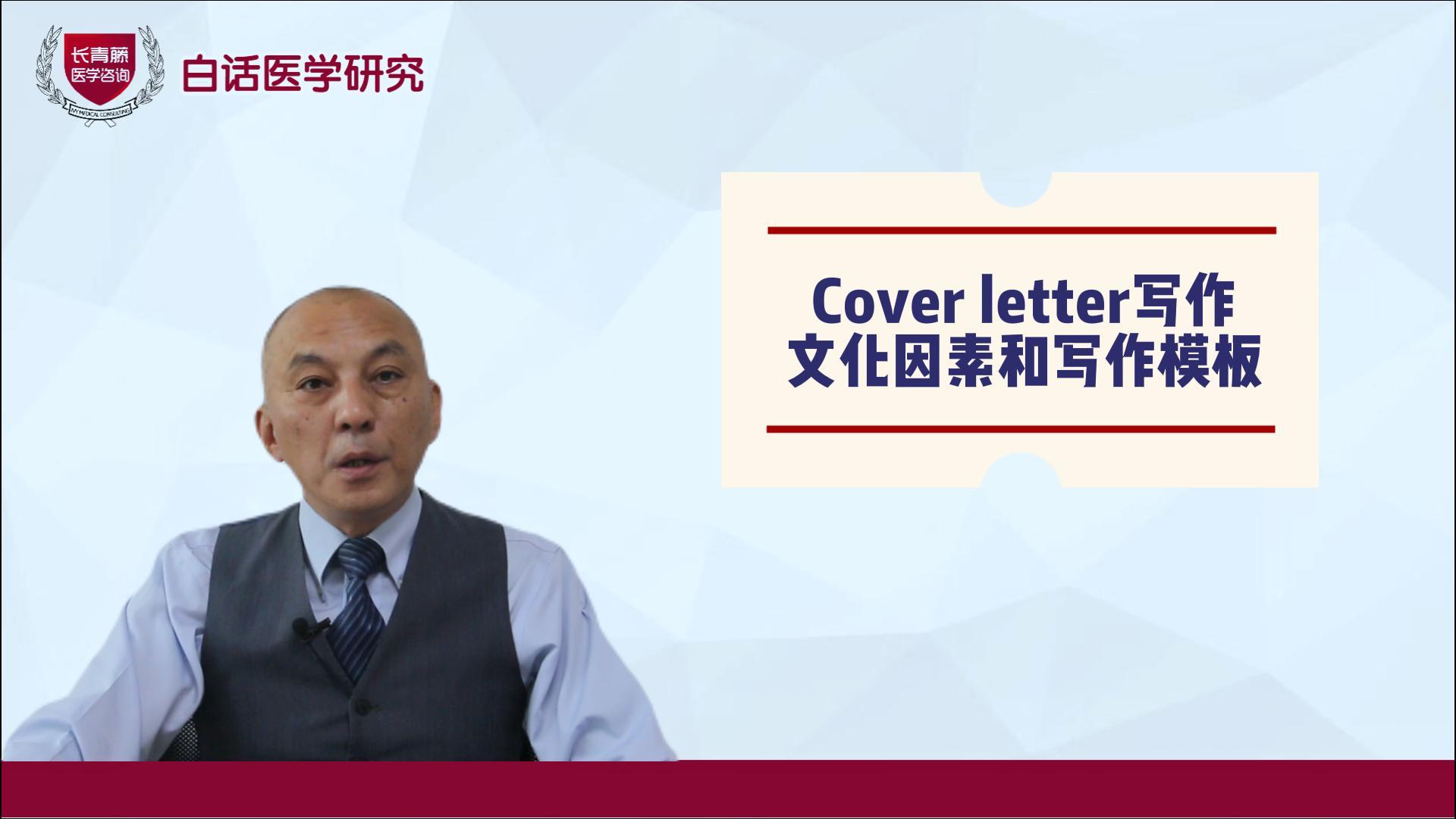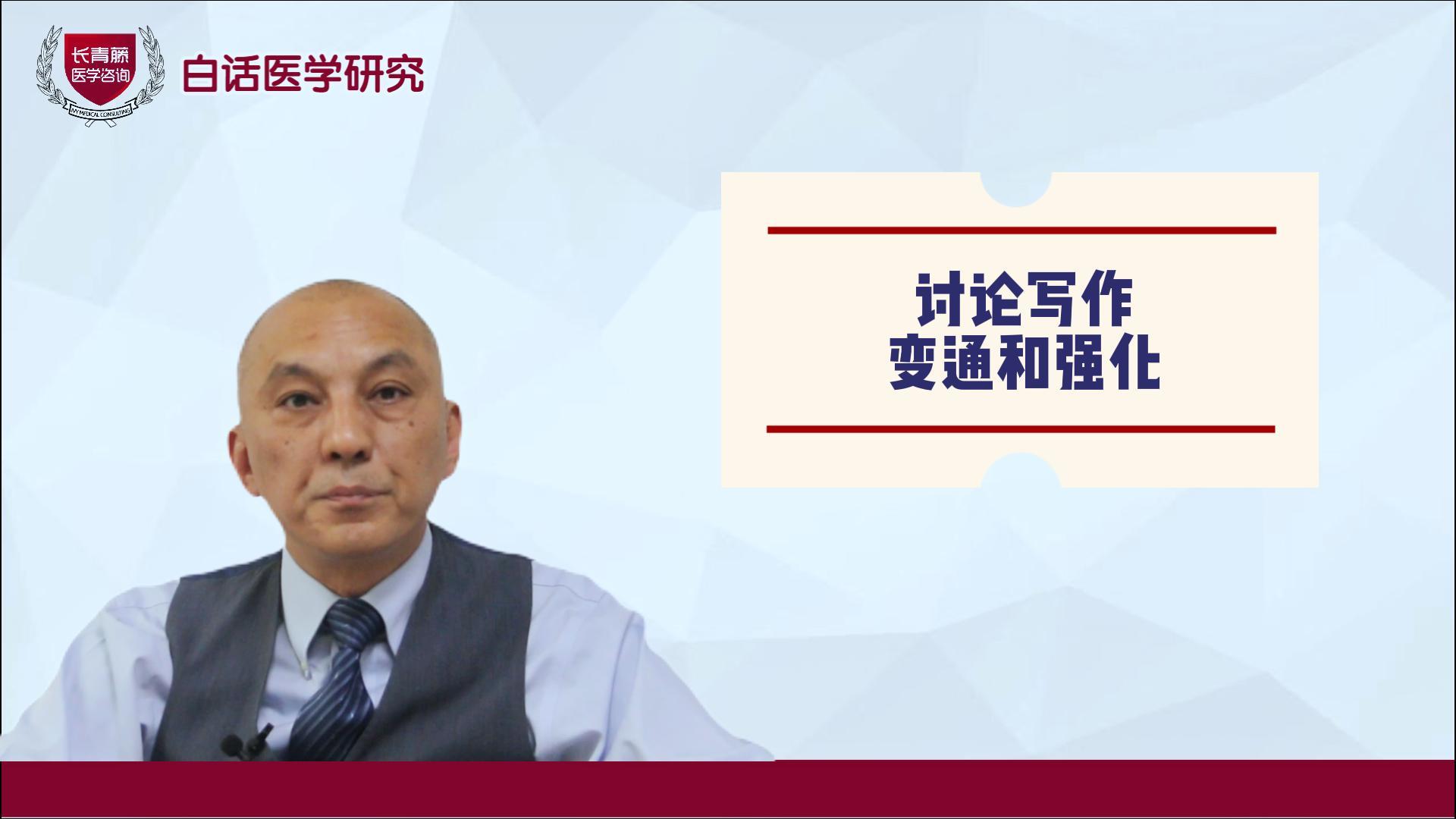2022-06-21

瑞马唑仑与丙泊酚用于老年患者行胃肠道内镜检查的比较:一项前瞻性、随机对照研究
贵州医科大学 麻醉与心脏电生理课题组
翻译:吴学艳 编辑:马艳燕 审校:曹莹
0 1 背景
甲苯磺酸瑞马唑仑(HR7056,RT)是一种新型的超短效苯二氮卓类药物,可用于程序镇静和全身麻醉;然而,很少有研究关注RT在老年患者胃肠道内镜检查中的镇静作用;本研究的目的是比较RT与丙泊酚对老年患者行胃肠道内镜检查中的镇静效果。
0 2 方法
研究纳入2021年1月至2021年8月行胃肠内镜检查的美国麻醉医师学会(ASA)I-II级,体重指数(BMI)为18.0~30.0 kg/m2、年龄≥65岁的82例患者,随机分为RT组和丙泊酚组;两组均采用阿芬太尼5μg/kg镇痛;RT组给予瑞马唑仑0.15 mg/kg,根据需要追加剂量为0.05 mg/kg,丙泊酚组给予丙泊酚1.5 mg/kg,追加剂量为0.5 mg/kg;补充剂量由改良警觉/镇静评分(MOAA/S)和患者的身体运动决定。观察指标为:镇静效果,如意识丧失时间(LOC) (MOAA/S评分≤1)、单次给药镇静成功、诱导成功后追加剂量、恢复时间等。镇静相关的副作用的评估:如注射疼痛、血流动力学事件和呼吸抑制;记录术后恶心呕吐(PONV)、休息时视觉模拟评分(VAS)、止痛治疗、头晕或头痛;此外,还比较两组患者及手术医生对麻醉效果的满意度。
0 3 结果
对77例患者数据进行分析,两组患者镇静成功率均为100%;RT组LOC时间(MOAA/S评分≤1)较丙泊酚组长(20.7±6.1s 与 13.2±5.2s, P<0.001);RT组报告注射疼痛的患者少于丙泊酚组(0/39与5/38, P= 0.025);RT组血流动力学事件和呼吸抑制发生率均低于丙泊酚组(6/39 与 17/38,P=0.005),(2/39与9/38,P=0.026);RT组诱导成功后追加药物剂量大于丙泊酚组(4/9/11/13/1/1 与 8/4/18/6/2/0,需要0、1、2、3、4、5次追加药物,P = 0.014);两组患者术后观察指标及患者与医生的满意度相似。
0 4
结论:与丙泊酚组相比,RT可安全、有效地用于老年患者行胃肠道内镜检查,镇静相关不良反应,尤其是血流动力学事件和呼吸抑制的发生率更低;当使用RT时,诱导成功后的追加剂量可能略有增加。
原始文献来源: Guo J, Qian Y, Zhang X, et al. Remimazolam tosilate compared with propofol for gastrointestinal endoscopy in elderly patients: a prospective, randomized and controlled study. BMC Anesthesiol[J].2022 Jun 10;22(1):180. DOI: 10.1186/s 12 871-022-01713-6.
英文原文:
Remimazolam tosilate compared with propofol for gastrointestinal endoscopy in elderly patients: a prospective, randomized and controlled study
Background: Remimazolam tosilate (HR7056, RT), a novel ultrashort-acting benzodiazepine, can be used for procedural sedation and general anaesthesia. However, few studies have focused on the sedative effect of RT during gastrointestinal endoscopy in elderly patients. The purpose of this study is to compare the sedative effect of RT and propofol for gastrointestinal endoscopy in elderly patients.
Methods: A total of 82 patients aged ≥65 years with an American Society of Anaesthesiologists (ASA) grade I-II and a body mass index (BMI) of 18.0 to 30.0 kg/m2 who were scheduled for gastrointestinal endoscopy from Jan 2021 to Aug 2021 were selected and randomly divided into a RT group and a propofol group. Alfentanil 5 μg/kg was used for analgesia in both groups. The RT group was given remimazolam tosilate 0.15 mg/kg with supplemental doses of 0.05 mg/kg as need, while the propofol group was given propofol 1.5 mg/kg with supplemental doses of 0.5 mg/kg. The supplemental doses were determined by the modified observational alertness/sedation assessment (MOAA/S) score and the patients' body movements. Sedative effects, such as the time to loss of consciousness (LOC) (MOAA/S score ≤ 1), successful sedation in one dose, number of supplemental doses after successful induction, and recovery time, were evaluated. Sedation-related side effects, such as injection pain, haemodynamic events and respiratory depression, were also noted. Postoperative nausea and vomiting (PONV), visual analogue scale (VAS) scores at rest, remedial analgesics, and dizziness or headache were recorded. In addition, patients' satisfaction and physician's satisfaction of the procedure were compared between the two groups.
Results: Data from 77 patients were analysed. The success rate of sedation in both groups was 100%. The time to LOC (MOAA/S score ≤ 1) in the RT group was longer than that in the propofol group (20.7 ± 6.1s vs. 13.2 ± 5.2s, P < 0.001). There were fewer patients in the RT group reporting injection pain than that in the propofol group (0/39 vs. 5/38, P = 0.025). Haemodynamic events and respiratory depression in the RT group were less frequent than those in the propofol group ((6/39 vs. 17/38, P = 0.005), (2/39 vs. 9/38, P = 0.026), respectively). The number of supplemental doses after successful induction in the RT group was greater than that in the propofol group (4/9/11/13/1/1 vs. 8/4/18/6/2/0 requiring 0, 1, 2, 3, 4 or 5 supplemental doses, P = 0.014). The characteristics of the patients enrolled, postoperative parameters of the patients, and patients' and physician's satisfaction of the procedure were comparable in the two groups.
Conclusions: Compared with propofol, RT can be safely and effectively used for gastrointestinal endoscopy sedation in elderly patients, and the incidence of sedation-related adverse reactions, especially haemodynamic events and respiratory depression, is lower. When RT is used, the number of supplemental doses after successful induction may increase slightly.
百度浏览 来源 : 罂粟花
版权声明:本网站所有注明来源“医微客”的文字、图片和音视频资料,版权均属于医微客所有,非经授权,任何媒体、网站或个人不得转载,授权转载时须注明来源:”医微客”。本网所有转载文章系出于传递更多信息之目的,且明确注明来源和作者,转载仅作观点分享,版权归原作者所有。不希望被转载的媒体或个人可与我们联系,我们将立即进行删除处理。 本站拥有对此声明的最终解释权。




发表评论
注册或登后即可发表评论
登录注册
全部评论(0)